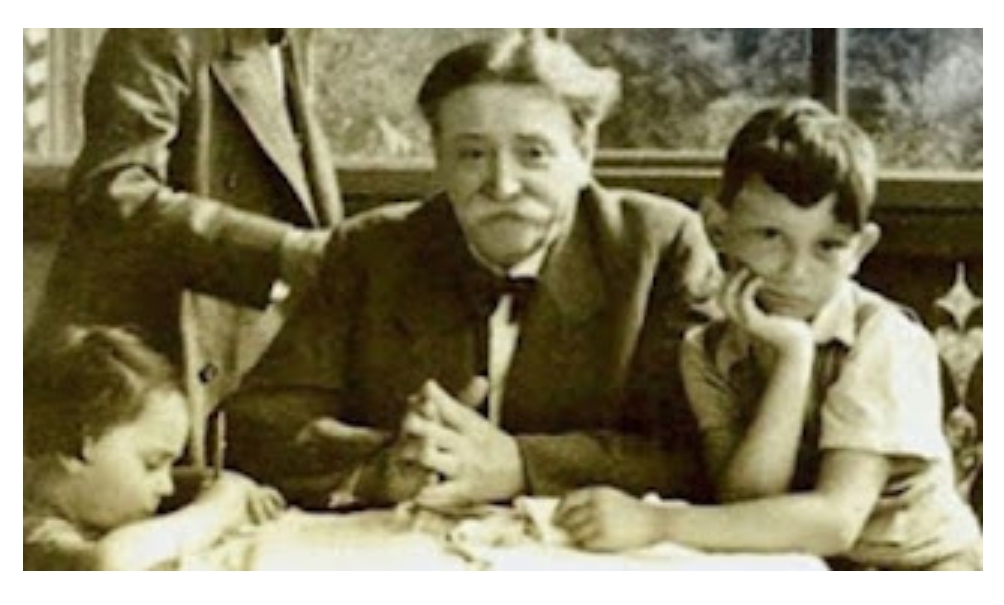
In March 1941 it had been about a year and a half since the outbreak of World War II, but there were still eight months before Pearl Harbor was attacked and the United States entered the fighting.
That’s why Collier’s Weekly, one of the most important and widely read weeklies in the country at the time, published a two-part essay with a rather striking title: My patient, Hitler.
Its author, as can be deduced, was one of the Führer’s doctors, but what is really curious is that he was Jewish and the Führer himself helped him to leave Germany.
Eduard Bloch was born on 30 January 1872 in the Bohemian town of Frauenberg, now called Hluboká nad Vltavou and belonging to the Czech Republic but then to the Austro-Hungarian Empire.
He was the youngest of five children from a family that was not rich but well-off: his grandfather Joachim worked for Prince Jan Adolf II of Schwarzenberg and his father was one of the first Jewish university graduates in philosophy from Charles University in Prague, the same university that Eduard entered to study medicine when he became an adult.
When he finished his studies he had to serve in the military, coinciding with the war that the European powers declared on the Ottomans to liberate Crete and turn it into an international protectorate before handing it over to Greece.
Bloch was assigned as a medical officer to the garrison hospital in Linz in 1899, where he remained until his licensing in 1900. He then moved to Dresden to work as an external health assistant in a women’s clinic but soon returned to Linz and opened his own practice.
As a private physician he was quite successful and prospered, settling in a baroque house at number 12 Landstrasse, the main avenue of the city, which also served as his home.
He married his girlfriend Lilli Kafka, who in 1903 gave him two daughters, Emilie and Trude (short for Gertrude). His willingness to care not only for the well-to-do but also for the more humble patients earned him the nickname Doctor of the Poor; he visited them at home in his horse-drawn carriage and tried to charge them according to their circumstances
In this context, the key year came in 1904, when he had to cure a fifteen-year-old fatherless boy who, frail and citrine, was bedridden because of a condition that was first thought to be pulmonary but later turned out to be a simple cold resulting in tonsillitis.
The boy recovered; his name was Adolf Hitler and his family continued to come to Bloch to the extent that three years later, in March 1907, he had to take care of his mother Klara when she became seriously ill.
It was a breast cancer that, given the limitations of the surgery at the time and the failure of the operation by a colleague, he tried to cure with iodoform, an antiseptic that was the only treatment left and was painful and annoying because of the smell it gave off.
In fact, iodoform only poisoned Klara and hastened her death, which occurred after nine months, but Bloch tried to ease the pain during the process with injections of morphine, and Adolf, who had just come of age, was eternally grateful to him; especially as the doctor, aware of the Hitlers’ poor financial situation, charged them the minimum and sometimes even treated them for free.
From then on, their lives went their separate ways, but the young man’s gratitude was shown again in 1908 by correspondence, when he sent him a postcard with a landscape he had painted himself, since he had begun his life as a professional artist in Vienna. Later he would send him other painted cards, always with the phrase “In eternal gratitude” or something similar.
With the rise of the Nazis to power, a private individual offered him money for them, although he did not think it was ethical to sell them. But that was later. For the time being, Bloch could not even imagine the surprising future that awaited the boy, and he probably forgot about it for a while, since there were initially more serious things to think about.
In 1914 the First World War broke out and he decided to collaborate by enlisting as a military doctor. Again he was assigned to the hospital in Linz, although this time as the main doctor. His wife, Lilli, also volunteered and worked as a Red Cross nurse at the same site, dividing her duties between caring for the wounded and the poor.
When the war was over, Bloch was appointed health advisor, a newly created title for those who excelled in the health field in those difficult times.
For a couple of decades everything went smoothly, except for the detail that the Bloch were Jews and their situation, already uncomfortable in a Central Europe of growing anti-Semitism, worsened from 1933, when the Nazis came to power.
A priori it did not have to affect them, since they lived in Austria, but in March 1938 the Anschluss took place, that is, the annexation of the country by Germany, and everything changed. The Jewish community began to suffer legal and physical persecution.
The friendship between Bloch and Hitler had remained intact until then. In fact, the latter had sent him another postcard the previous year and at the Nuremberg conference, after asking about Linz and the doctor, he defined him as an edeljude, a noble Jew, adding that “if all Jews were like him, there would be no Jewish question“.
Those postcards and the case book were the things that the Gestapo demanded the Bloch’s to return when they paid them a surprise visit at their home, otherwise correct and without major consequences (they even gave them a receipt).
It was clear that the political police had specific orders not to disturb them, which was unusual in the country at that time, and even more so since they were taking in other Jews.
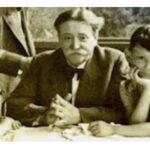
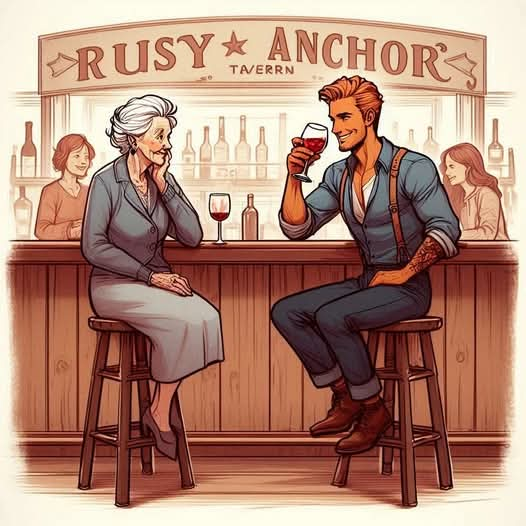
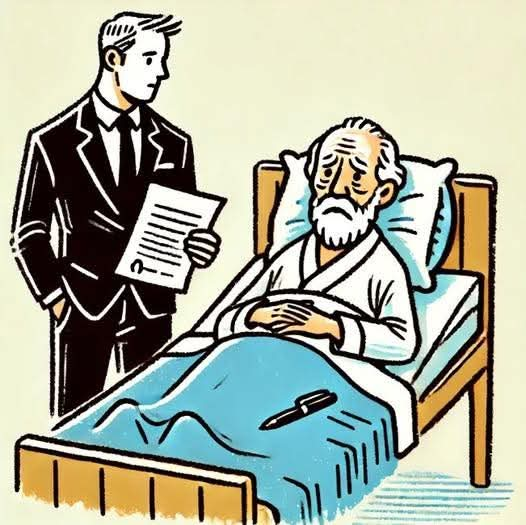

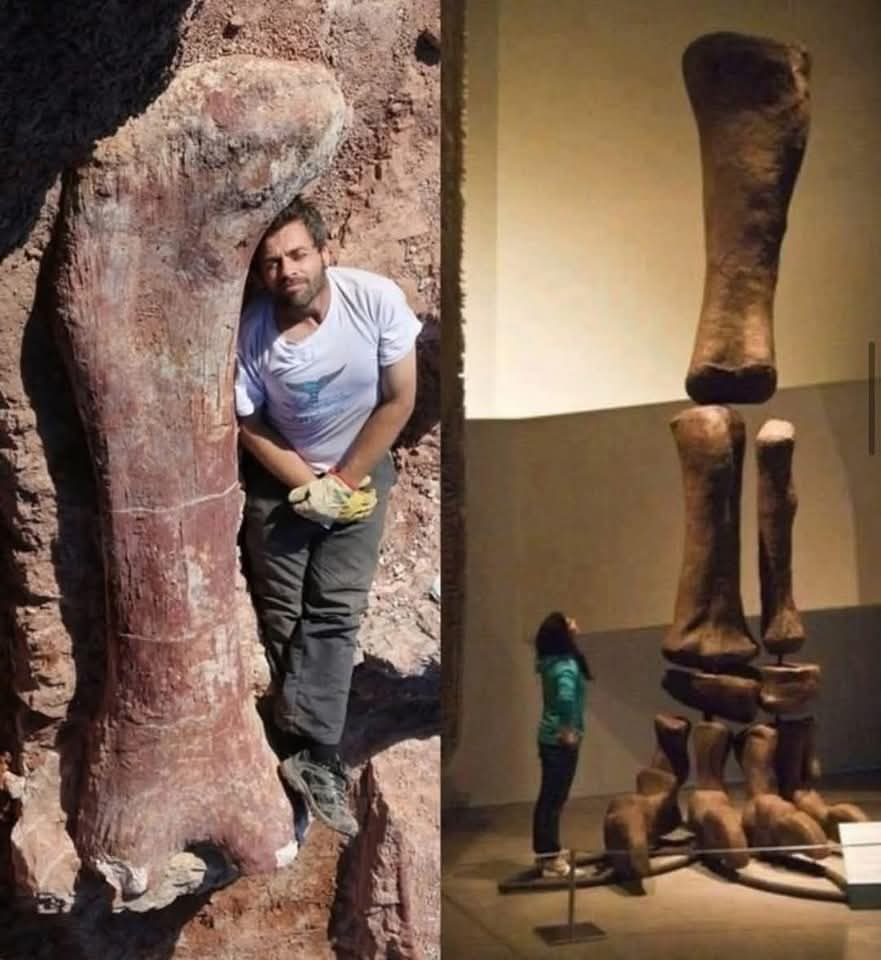
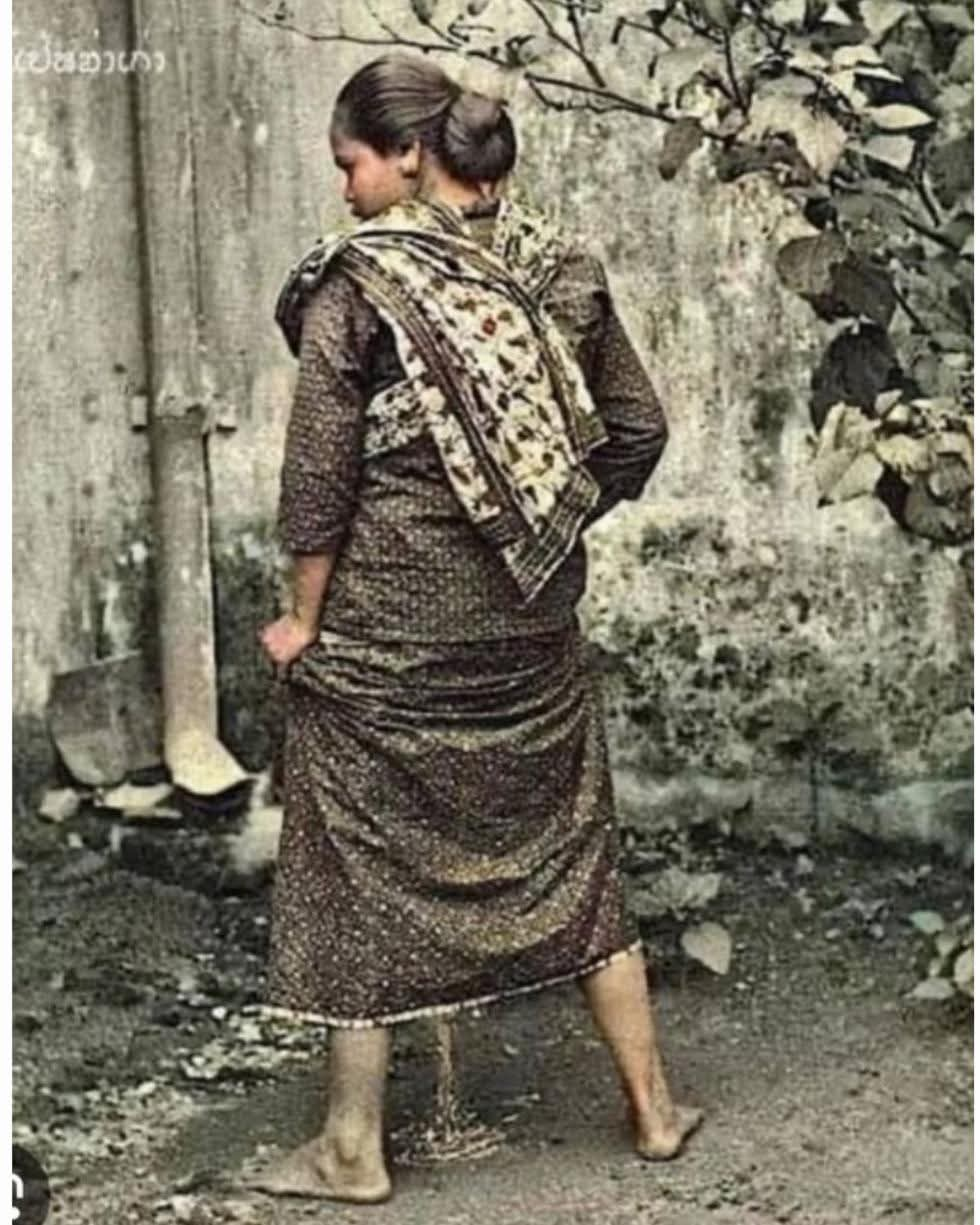

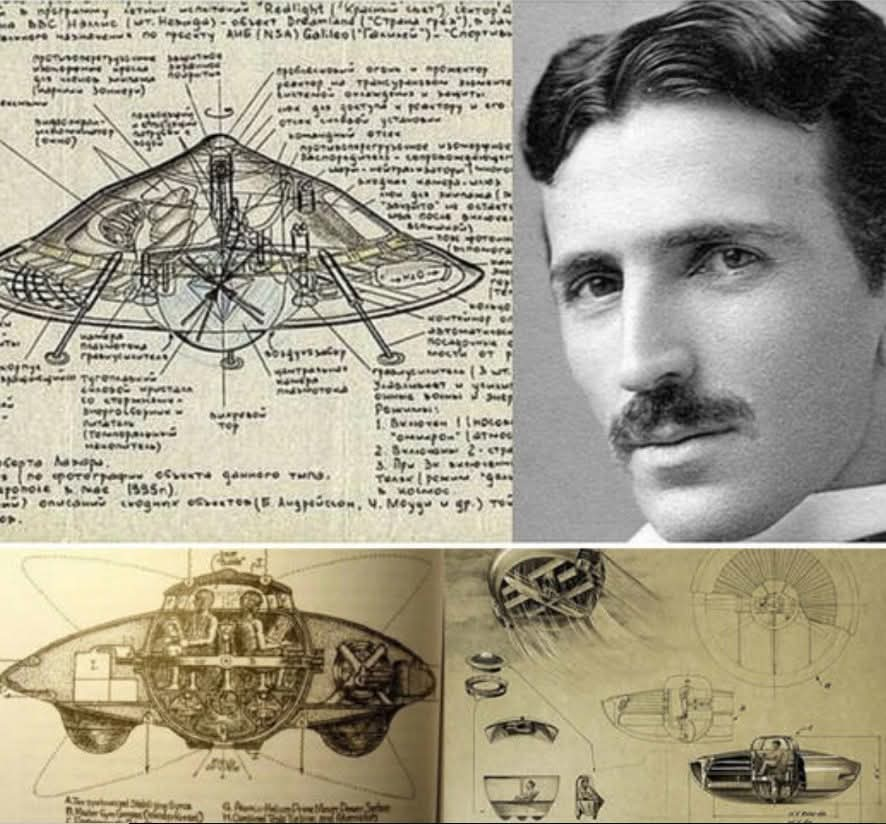
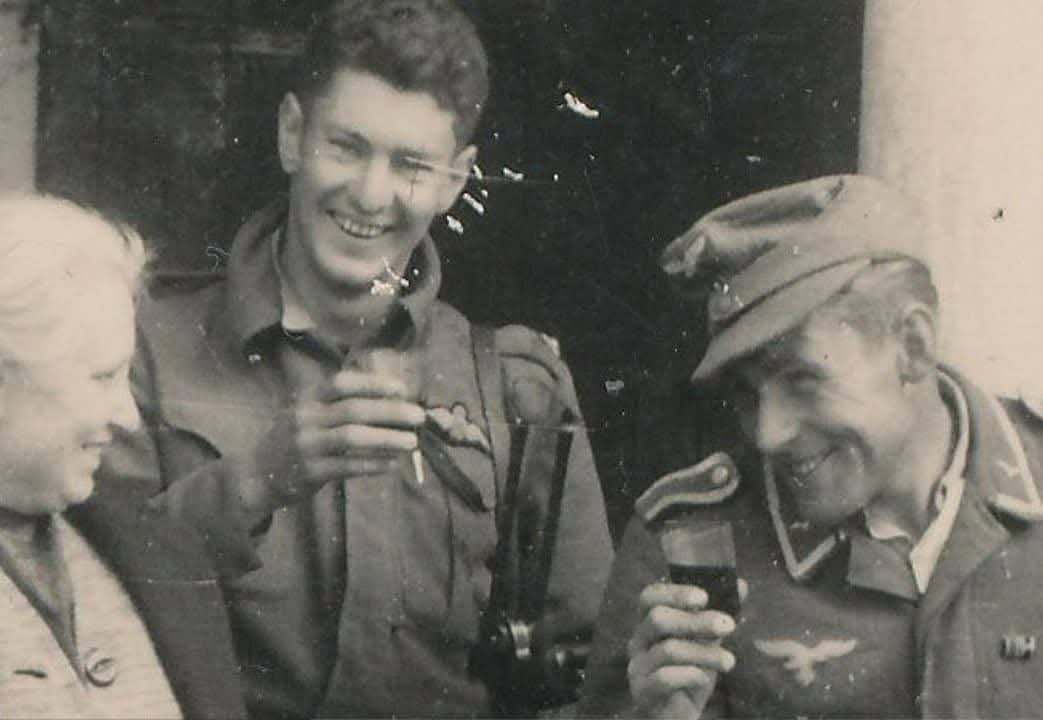
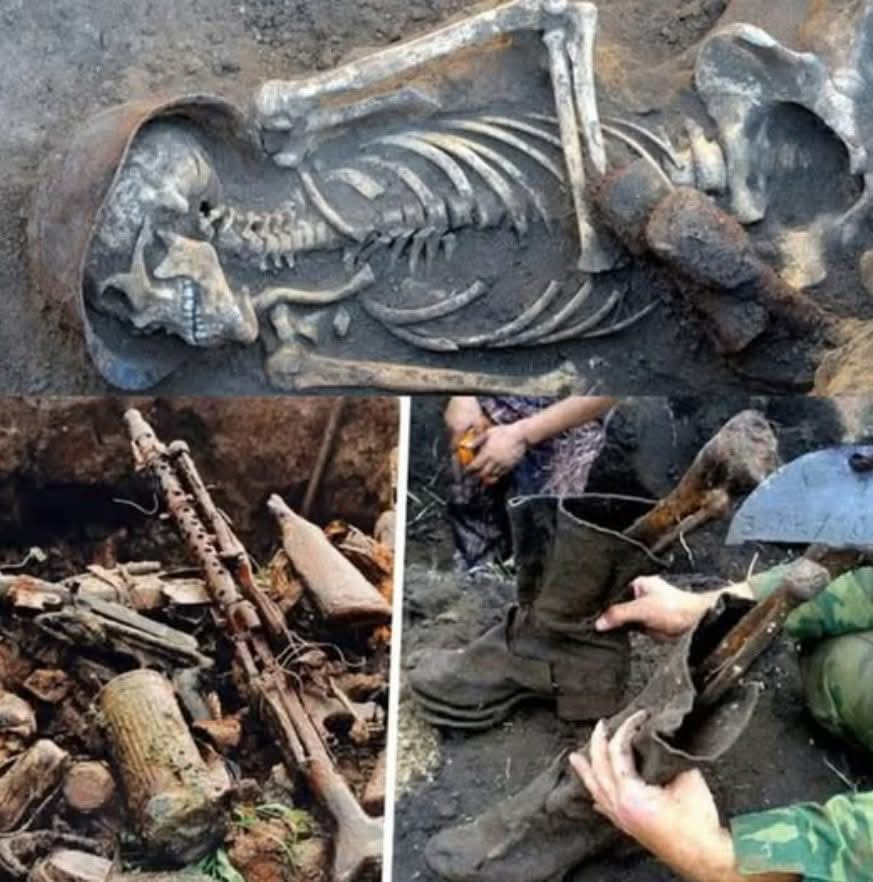
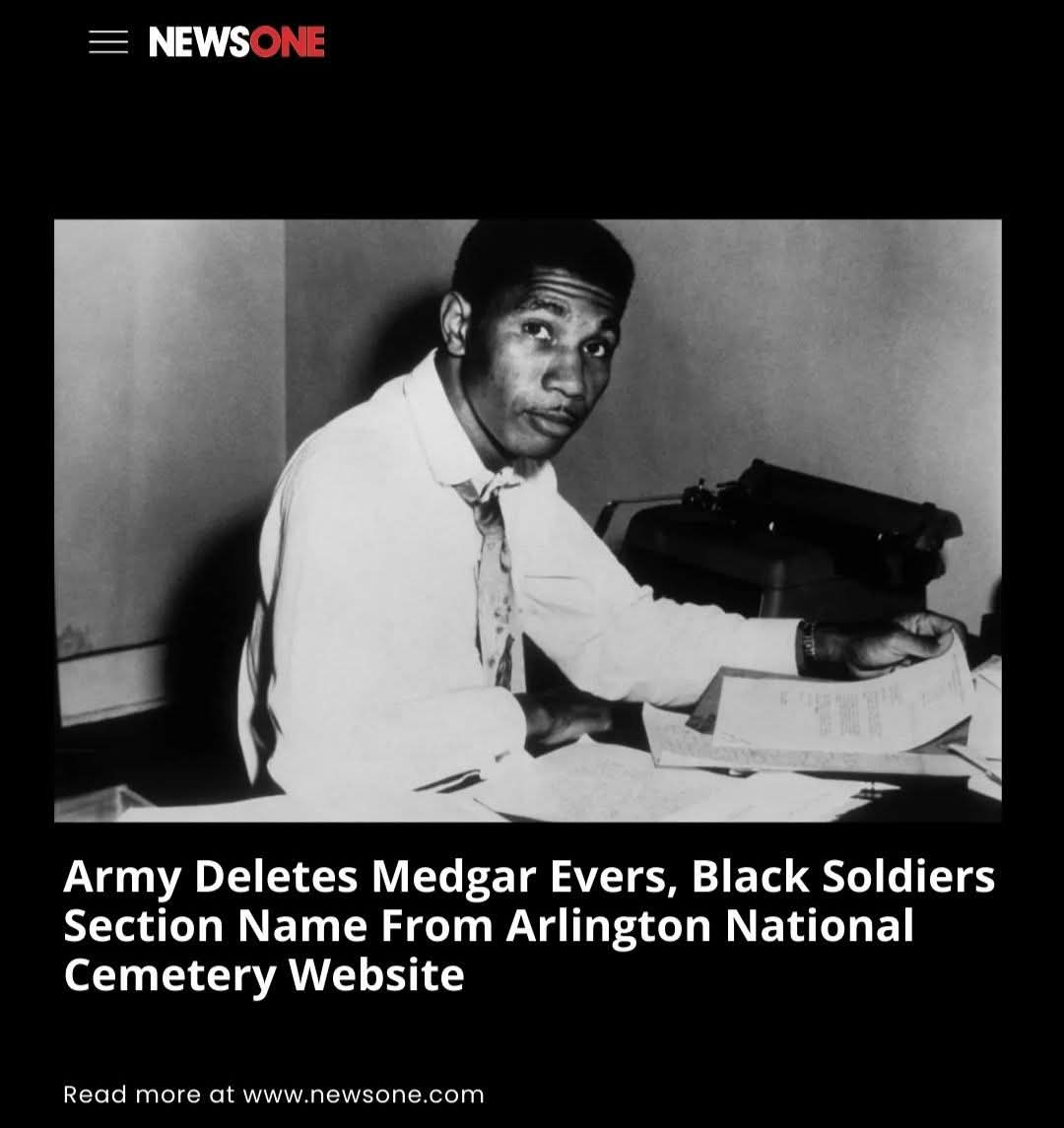
Leave a Reply